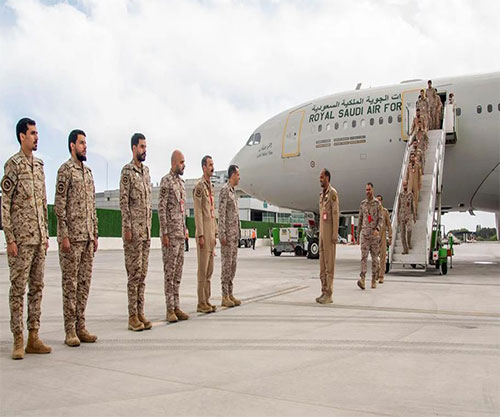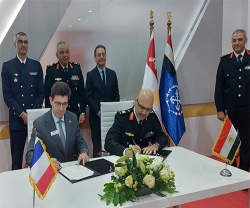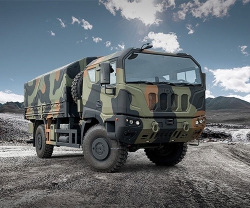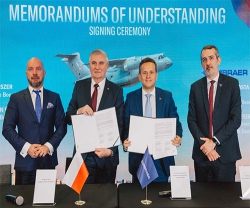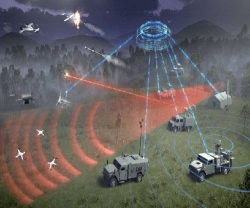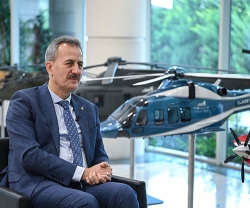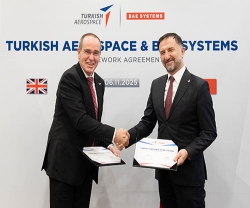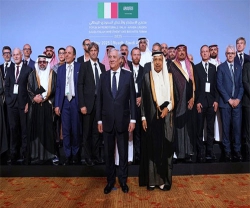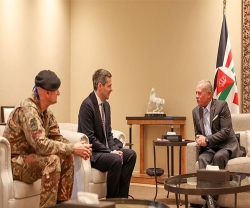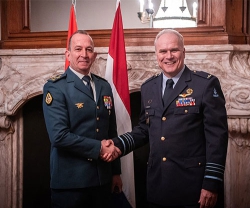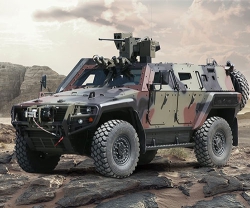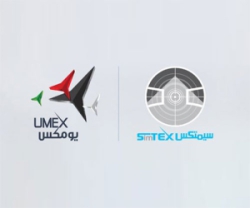The Royal Saudi Air Force is taking part in the combat search and rescue exercise ‘Anatolian Phoenix 2025’, which began Monday at the Konya Air Base in the Republic of Turkiye, alongside forces from several brotherly and friendly countries.
The objective is to enhance operational readiness, train in a realistic operational environment, and promote the exchange of expertise among participating forces.
The Saudi team brought two Cougar search and rescue helicopters, along with full aircrews and technical support, according to Lt. Colonel Pilot Abdulrahman Al-Mansour, who leads the Saudi contingent.
“Our team includes six air controllers and aims to improve readiness in realistic conditions while exchanging expertise with other forces,” Al-Mansour said.
The 11-day drill focuses on combat search and rescue operations that support broader air missions. One focus is training tactical air control teams to coordinate with allied systems, the Saudi Press Agency (SPA) reported.
The Saudi delegation arrived last week and was received by Rear Admiral Abdullah bin Gaith, the Kingdom’s Military Attaché in Ankara.
Anatolian Phoenix Exercises have been held twice a year, with the participation of Air Forces Command, Land Forces Command and General Staff Special Forces Command, in order to train Personnel Rescue Task Force elements in a realistic operational environment and bring them to the level of experience required by today’s and future battlefields since 2009. It is carried out under the coordination of the 3rd Main Jet Base Command in Konya.
The Anatolian Phoenix Exercise has started to be carried out in a national and international manner since 2012. In the exercise, in which jet aircraft, helicopters and rescue teams participate, joint personnel rescue procedures to be carried out in the operational environment are tested and developed and the aim is to operate the command and control process effectively, local media reported.
Within the scope of Joint or Combined Operations, tasks such as close air support, dynamic targeting, and time-sensitive targeting are planned and executed by including them in exercise scenarios.

